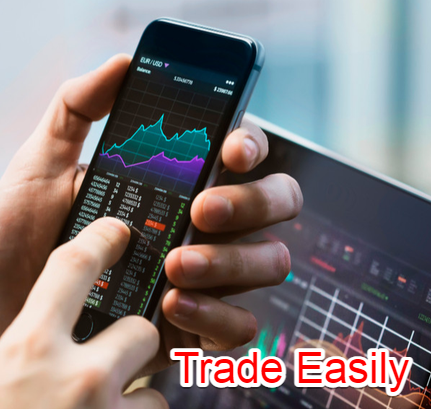Introduction: Unlocking the Lucrative Potential of Forex Trading
Step into the dynamic realm of currency trading, where fortunes are made and lost in the blink of an eye. Forex, or foreign exchange trading, is the global marketplace where currencies are bought and sold, creating a trillion-dollar industry that offers traders the opportunity to profit from currency fluctuations. Harnessing the power of leverage and the world’s most liquid financial market, traders navigate the ebb and flow of currency values, seeking to capitalize on market movements. In this comprehensive guide, we delve into the intricacies of currency trading, empowering you with the knowledge and strategies to conquer this financial frontier.
https://youtube.com/watch?v=toodhr0Vaic
Trading Currency For Profit Videos
The Fundamentals of Currency Trading: A Layman’s Guide
Currency trading revolves around the exchange of currency pairs, with each pair representing the value of one currency against another. For instance, the EUR/USD pair indicates how many US dollars it takes to purchase one Euro. The goal of a currency trader is to buy a currency pair at a low price and sell it when its value rises, capturing the difference as profit. The value of currency pairs fluctuates constantly due to various economic and political factors, creating countless opportunities for traders to speculate on market direction.
Essential Concepts for Trading Currency:
- Pip: The smallest unit of currency movement.
- Spread: The difference between the bid and ask price of a currency pair.
- Leverage: The borrowed funds used to amplify trading positions.
- Technical Analysis: The study of historical price charts to identify trading opportunities.
- Fundamental Analysis: The analysis of economic and political factors that influence currency values.
Navigating the Forex Market: Strategy and Execution
To embark on successful currency trading, a sound trading strategy is paramount. Traders employ various techniques to analyze market trends and predict future price movements. Technical analysis, which involves studying price charts and technical indicators, is widely used to identify trading signals. Fundamental analysis, on the other hand, focuses on economic data and global events that impact currency values.
Beyond strategy, execution is crucial in currency trading. Traders utilize different order types to enter and exit positions, each with its own implications. Market orders are executed immediately at the current market price, while limit orders are placed at a specified price, pending execution when the market reaches that level. Stop orders are used to limit losses or lock in profits by closing positions automatically when a predetermined price is reached.





